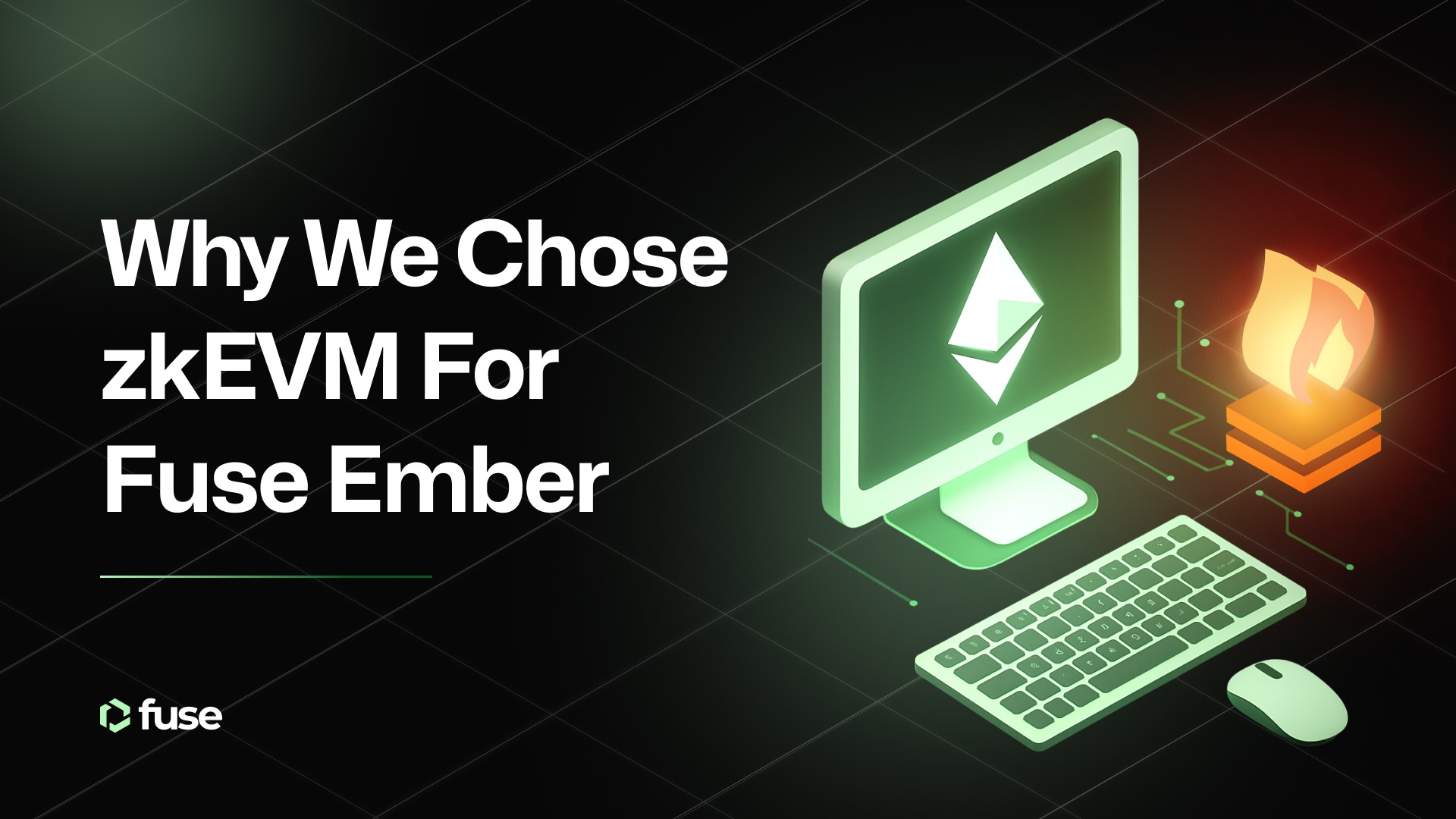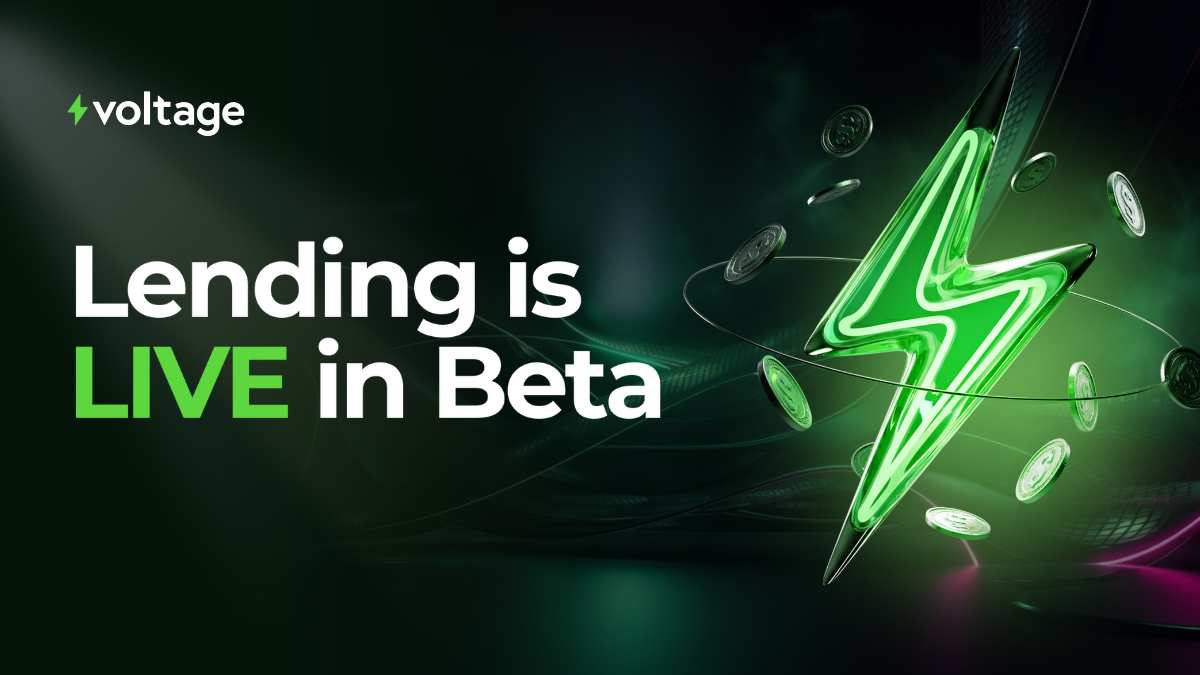Welcome to the ultimate guide to Blockchain for Business. This comprehensive article will outline the core uses, benefits, and applications changing the financial landscape.
Blockchain technology, which first emerged on the scene in 2009 with the inception of Bitcoin, initially had an aura of uncertainty reminiscent of the early days of PC hacking. It employed a decentralized, peer-to-peer architecture that was seen as too risky for practical business applications. However, the blockchain landscape has significantly transformed since then, particularly in enterprise adoption.
- The Evolution of Enterprise Blockchain
- Navigating the Complexities of Blockchain
- How Does Blockchain Work?
- Distributed Ledger Technology (DLT)
- Unique Data Format
- Immutability
- Trust
- Security and Privacy
- How Can Blockchain Benefit Businesses?
- Cost reduction
- Expanded networks
- Trust and Transparency
- Supply chain management
- Tokenization
- Innovation
- Decentralization
- Blockchain Applications for Businesses
- Streamlined Transactions
- Cybersecurity
- Cryptocurrency
- IoT Integration
- Storage solutions
- Blockchain Use Cases in Real-world Business
- Supply Chain
- Banking and Finance
- Healthcare
- Government
- The Different Types of Blockchain Technology
- Public (Permissionless) Blockchain
- Private (Permissioned) Blockchain
- Hybrid Blockchain
- Consortium Blockchain
- Risks and Challenges of Blockchain for Business
The Evolution of Enterprise Blockchain
The turning point came in 2016 when a burgeoning open-source community embarked on developing comprehensive enterprise platforms. Two notable examples include Ethereum, a programmable blockchain, and Hyperledger, a framework for building enterprise-grade blockchains. This shift marked the beginning of blockchain’s integration into mainstream business operations.
Household names like Bumble Bee Foods, IBM, Walmart, and Visa enthusiastically embraced blockchain technology, showcasing their successful deployments. Companies like AT&T, Starbucks, and Tesla ventured into cryptocurrency payments, further solidifying blockchain’s presence in the corporate world. Not to be outdone, IT giants such as Amazon Web Services (AWS), IBM, Oracle, and SAP rallied behind blockchain, cementing their place in the technology landscape.
However, the crypto winter of 2022 cast a shadow over the blockchain arena as cryptocurrency prices plummeted, leading to some crypto exchanges’ bankruptcy and their CEOs’ arrest. The challenges persisted in 2023 with further arrests and intensified regulatory scrutiny.
Despite these setbacks, enterprise blockchain continued to thrive. Businesses pressed forward rather than halting their efforts, now equipped with a heightened sense of risk management and cost control. They also dispelled some blockchain hype, focusing on pragmatic, low-risk, and quick-payback applications.
Avivah Litan, a Gartner vice president and analyst, aptly summed up this evolving landscape: “We’re finally settling down to realize what we could do with this technology. It’s almost like we’re just getting started after much false hope.”
Navigating the Complexities of Blockchain
Caution is indeed warranted in this evolving landscape. Blockchain’s technical underpinnings and practical implications can be challenging to grasp fully. The key lies in understanding what blockchain can and cannot do, the impact of various deployment options, especially network architectures, and identifying areas where blockchain can complement existing systems rather than replace them.
How Does Blockchain Work?
At its core, blockchain is a database technology with attributes that, when combined, result in a revolutionary way of storing, verifying, and exchanging digital information. While some of these attributes are not unique to blockchain individually, their convergence creates a technological breakthrough:
Distributed Ledger Technology (DLT)
Blockchain is fundamentally a type of DLT. Unlike centralized approaches, DLTs, like blockchain, distribute copies of the ledger database to network nodes. Each node is responsible for recording transactions and participating in a consensus mechanism to agree on updates. This decentralization ensures transparency and redundancy in data management.
Unique Data Format
Traditional databases store data in rows and columns, whereas blockchain organizes it into blocks linked together and secured through cryptography. This structure makes it extremely challenging to hack or manipulate data.
Immutability
Blockchain’s distributed nature and cryptographic security render it nearly immune to tampering. The ledger is permanent and tamperproof, establishing trust in its accuracy and reliability.
Trust
Trust is a cornerstone of blockchain. Like trust in human interactions, blockchain engenders trust in the accuracy of information stored on it. While not infallible, blockchain provides high trust in the data it contains.
Security and Privacy
Blockchain’s security and privacy levels vary depending on whether it operates on a public or private network. Alternatives to blockchain can offer some benefits in data security and storage with fewer technical risks and costs.
How Can Blockchain Benefit Businesses?
Investing in enterprise blockchain is becoming essential for competitive reasons. Just as corporations paid heed to breakthroughs like the PC revolution and the World Wide Web’s rise, blockchain is commanding attention. Beyond herd mentality, businesses are adopting blockchain for several compelling reasons:
Cost Reduction
Blockchain streamlines processes, reducing IT and labor costs. It accelerates e-commerce and finance operations while enabling new lines of business.
Expanded Networks
Blockchain facilitates the expansion of B2B and B2C networks, helping businesses reach customers and partners more efficiently.
Trust and Transparency
Blockchain’s inherent trust, privacy, security, data integrity, and transparency provide a foundation for building trust with unknown parties, reducing fraud, and cutting data management costs.
Supply Chain Management
Blockchain enhances supply chain management, ensuring visibility and traceability from suppliers to consumers. It benefits industries like agriculture and logistics.
Tokenization
Blockchain enables tokenizing various assets, creating new opportunities for online trading.
Innovation
Blockchain’s unique qualities can address old problems, such as verifying academic credentials and transforming industries.
Decentralization
Decentralized management suits scenarios where businesses must interact as peers without a single entity responsible for system maintenance.
Blockchain Applications for Business
One of the most significant applications of blockchain for businesses is smart contracts, serving as foundational components and practical applications of the technology. Smart contracts are programmable, automating agreements and transactions among blockchain participants:
Streamlined Transactions
Smart contracts automate the exchange of money, services, access to digital content, and privacy protections. For instance, Walmart Canada uses smart contracts for freight invoicing, reducing data reconciliation processes and disputes.
Cybersecurity
Blockchain’s robust encryption and security safeguards make it a valuable tool in enhancing cybersecurity.
Cryptocurrency
Digital currencies like Bitcoin have gained credibility, with companies like Tesla adding them to their portfolios and accepting them as payment.
IoT Integration
Blockchain ensures data integrity and security in IoT applications, from asset management to environmental compliance.
Storage Solutions
Blockchain’s peer-to-peer architecture enables the creation of blockchain storage by aggregating unused disk space from participants.
Blockchain Use Cases in Real-world Business
Blockchain use cases cluster in deep-pocketed industries with tech-savvy leaders who can advocate for and implement blockchain applications that require coordination among numerous partners. Industries finding value in blockchain include:
Supply Chain
Blockchain expands the number of suppliers and buyers, improving supply chain visibility and transparency. IBM Food Trust is a prime example.
Banking and Finance
Blockchain has applications in cryptocurrency and decentralized finance (DeFi). It offers an alternative payment mechanism and disrupts traditional financial processes.
Healthcare
Blockchain enhances security, privacy, data integrity, and anonymity in managing genomic data and medical records for research and data transmission.
Government
Blockchain can streamline personal identification, online voting, passport issuance, and legal document preparation.
The Different Types of Blockchain Technology
Blockchain types are categorized based on how open or closed they are to participants transacting on the blockchain. The major types include:
Public (Permissionless) Blockchain
This type is transparent and doesn’t require permission to join, but it can be slower due to the consensus process involving numerous participants.
Private (Permissioned) Blockchain
Operated on a closed network, often by a single entity, private blockchains offer better performance but potentially weaker trust and security.
Hybrid Blockchain
Combining aspects of public and private blockchains, hybrid blockchains provide privacy while maintaining connections to the public side.
Consortium Blockchain
Controlled by a group rather than a single entity, consortium blockchains aim to balance security and decentralization.
The choice between permissioned and permissionless blockchains remains debatable among experts. While many successful deployments have been on private blockchains, public blockchains can potentially drive widespread participation and network value.
Risks and Challenges of Blockchain for Business
Embracing blockchain for enterprise use involves substantial risks and challenges. Data centers must undergo significant architectural changes, and infrastructure upgrades are required to meet the demands of blockchain technology. The risks include selecting the wrong platform, encountering project delays, cost overruns, and failing to achieve a positive return on investment (ROI).
In conclusion, blockchain for business is a transformative technology with immense potential to reshape industries, streamline processes, and foster trust. As businesses navigate this complex landscape, understanding blockchain’s attributes, applications, and risks is crucial to harness its full potential and gain a competitive edge in the evolving digital economy.
.svg)
.svg)











